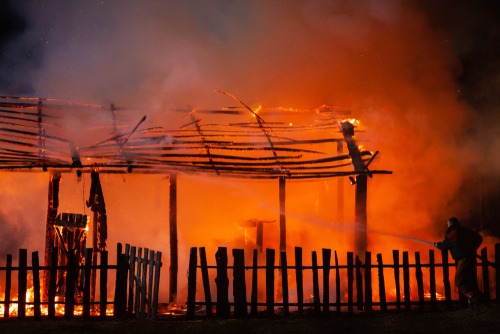The Dangers of Children and Property
Is a property owner aware of the fact that there could be children on the property at any given time? Perhaps a homeowner has a giant pool in the backyard and no fence – does this make it all more attractive for a child to wander in the yard and try to use it? Children are owed a greater duty than adults in the same situation. A high duty of care is owed to invitees and licensees on the property who just so happen to be children. This makes it easier to prove liability when an injured child has been invited onto a property that contains a dangerous situation, such as a swimming pool where one could easily drown or in conditions where they could receive animal bites because large dogs are roaming free.
However, you may wonder what happens when a child was injured who wasn’t actually supposed to be on the property in the first place. A lesser duty is owed to children who trespassed. However, a property owner still may have some duties. They must legally warn children if they know that children may be on the property at some point. “Attractive Nuisance” may come into play here.
Attractive Nuisance
In the late 1870s, laws came into place known as the “attractive nuisance doctrine,” where it is known that a property owner must exercise reasonable care to children who trespass. Here are some rules that apply to these scenarios:
- The defendant must have suspected that children could trespass onto the property
- They must have known that there was a dangerous condition that could cause death or serious bodily harm
- The children would be unable to discover the risk posed by the condition
- The defendant failed to reasonably care for and maintain safe conditions on his or her property
This defense is used as a way to pin liability on a homeowner who knew there were reasonably dangerous conditions on a property and children who may wander over at any time. Because of this, these same owners have a responsibility to post a warning or take other steps that may protect children from the dangerous attraction. For instance, pools are one of the greatest examples of this happening, especially now that it is summer and children will be excited about using the pool. What happens if somebody owns a pool but there is no fence around it and a child wanders onto the property? This could be considered a dangerous situation because they could drown or fall at any time. This is why the homeowner should consider the fact that the pool may entice children, and put a fence or cover around or over the pool to avoid harm to children.
Even though things like pools, slides, and dogs can bring about a lawsuit concerning “attractive nuisance” laws, there are some things that will not. For instance, a child may act in serious contravention of the law and suffer an injury as a result. For instance, the child may sneak inside the homeowner’s house and slide down a broken bannister, sustaining a head injury. The homeowner would most likely never be pinned with liability for this. Primary responsibility of supervising and protecting children also lies in the hand of the parents or legal custodians, so this must be considered as well.
If you have more questions concerning the complex attractive nuisance doctrine and help understanding the laws regarding children trespassing on properties, you can give us a call today. We may be able to help you with your case.

















